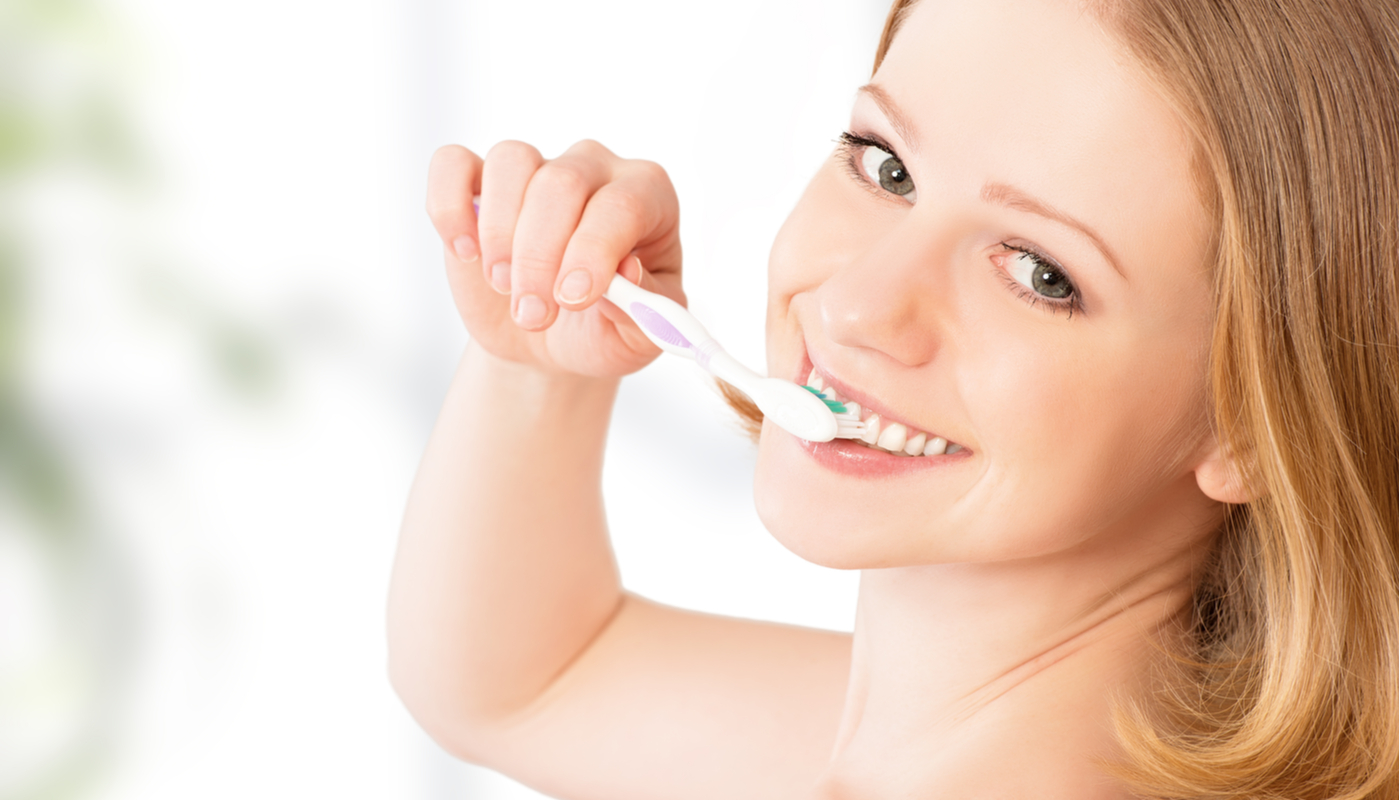Correct Technique for Toothbrushing
Regularly brushing your teeth aids in the elimination of plaque and germs that consistently accumulate on teeth and in the vicinity of the gumline. If not frequently eliminated, plaque can result in the formation of cavities, dental caries, and even periodontal disease. Adhering to a correct brushing strategy can safeguard teeth from dental caries and oral ailments.
Follow these instructions to brush your teeth daily:
Step 1: Begin by cleaning the external surfaces of your teeth. Please proceed at your own pace. Delicately clean the upper and lower teeth using a brush. Adopting a meticulous approach of addressing each tooth individually can assist in reducing speed and ensuring thorough coverage.
Step 2: Incline your brush at a 45° angle. Gently sweep along the gumline to eliminate any accumulated plaque or food particles. Employ delicate, alternating motions to manipulate the brush, employing brief, narrow strokes that span the width of a tooth.
Step 3: Cleanse the inside surface of your teeth using a toothbrush. Although the inside surfaces of your teeth may not be as easily seen, it is tempting to neglect them. However, it is important to note that these inner areas are equally susceptible to plaque buildup. Employ a 45° inclination to sweep back and forth in order to cleanse the internal surfaces of the teeth.
Step 4: Thoroughly cleanse the occlusal surfaces of your teeth. Ensure to employ brief reciprocal strokes when brushing the occlusal surfaces of your posterior teeth, as these areas are prone to food entrapment.
Step 5: Cleanse your tongue using a toothbrush. To achieve a more pleasant breath, it is recommended to brush your tongue in order to eliminate germs that are responsible for creating unpleasant odors.

What is the recommended duration and frequency for brushing my teeth?
It is recommended to engage in tooth brushing twice daily, allocating two minutes for each session. Utilize a stopwatch or timer to ensure that you are allocating an adequate amount of attention to your teeth.
Which toothbrush model is most suitable for me?
Use a toothbrush with soft bristles to effectively eliminate plaque and food particles. A toothbrush with a compact head is more effective in accessing every part of the oral cavity.
Do I need an electric toothbrush?
Both manual and electric toothbrushes are effective in removing plaque. An electric toothbrush is a suitable choice for individuals who struggle with brushing or have restricted manual dexterity.
Does the quality of the toothpaste influence my brushing efficiency?
Diverse toothpaste varieties are accessible to cater to specific requirements, ranging from combating tooth decay and enhancing tooth whiteness to addressing tooth sensitivity.
Experiencing difficulty in making a decision? Consult with your dentist or dental hygienist to choose the most suitable toothpaste for your needs.
Brushing hard on your teeth? NO
Excessive brushing can occur, so it is important to exercise a delicate approach when handling your toothbrush. Excessive and forceful brushing might result in abrasion, gum recession, and sensitivity.
What is the recommended frequency for replacing a toothbrush?
Replace your toothbrush when it starts to exhibit signs of deterioration or every three to four months, whichever occurs earlier. Replace your toothbrush following any sickness to minimize the risk of reinfection.
No individual desires to confront the discomfort and expenses associated with dental deterioration and illness. Commence the implementation of preventive oral care by employing the appropriate brushing method. By consistently flossing and regularly attending dental appointments, properly cleaning your teeth can maintain a fresh, healthy, and joyful smile.

